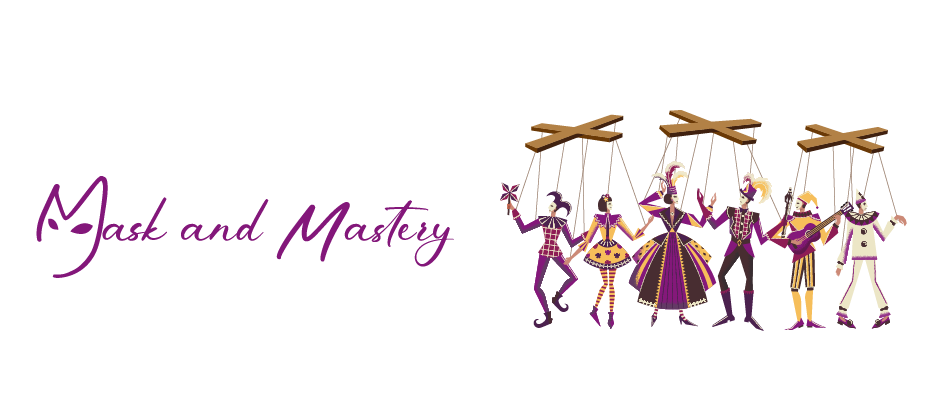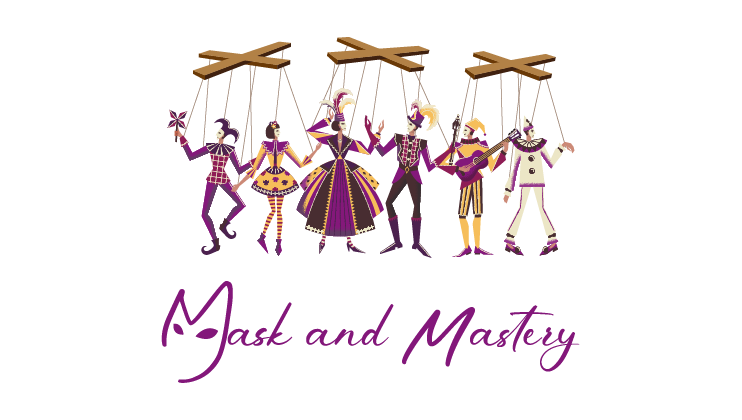

Imagine that your favourite writers are not who you thought they were. Those gripping science fiction books were actually written by an elderly woman, while the romance novels that made you swoon were penned by a middle-aged man. Surely all writers long to see their names on the cover of a best-seller, so why would they choose to mask their identities and write under pseudonyms? The reasons are more varied than you may think.
In the 19th century, literature by women was dismissed as sentimental, frivolous and tethered to the domestic sphere. The Brontë sisters—Charlotte, Emily and Anne—published their works under the names “Currer”, “Ellis” and “Acton Bell” respectively, keeping only their initials. Charlotte Brontë later explained, “We did not like to declare ourselves women, because … we had a vague impression that authoresses are liable to be looked on with prejudice.” Mary Ann Evans became George Eliot to sidestep such prejudice, hoping that her works would be judged on merit rather than gender. The aliases allowed these women to break into a male-dominated literary world, leaving us with some of the most celebrated works of Western literature.
Even as society progresses, and women are no longer confined to writing what George Eliot once called “silly novels”, readers often carry assumptions about a genre’s style, themes, tropes, and even the gender of its authors. Joanne Rowling adopted the gender-neutral pen name “J.K.” at the suggestion of her publisher, who believed that a fantasy novel written by a woman might deter young male readers. Science fiction, long dominated by male authors, offers another striking example. In the 1970s, James Tiptree Jr. stunned the genre with a voice that was dark, intelligent and unapologetically irreverent. It was not until a decade later that the mysterious author turned out to be Alice B. Sheldon—a former military intelligence analyst, CIA officer, artist, psychologist, and a female. Such a revelation ignited heated debates about gender and voice in literature.
Interestingly, the mask has also worked the other way. Male writers in romance—a genre centred on emotional depth and relationships—have adopted feminine pseudonyms to avoid potential reader bias. Vanessa Royall was actually Michael T. Hinkemeyer. Emma Blair was Iain Blair, and Jessica Stirling was Hugh C. Rae. Tom E. Huff, writing as Jennifer Wilde, achieved phenomenal success with works such as Love’s Tender Fury, which went through 41 printings in just five years. In their cases, a pen name was not a shield against dismissal but a ticket to credibility with a largely female readership.
For some, a pseudonym is not so much a matter of prejudice as necessity. James Herriot, the cherished author of All Creatures Great and Small, was actually James Alfred Wight, a practising veterinarian who chose a pen name to comply with professional guidelines against advertising. John Creasey, best known for his crime fiction, used an astonishing 28 pen names to publish more than 600 books of a wide range of genres. In fact, prolific authors are often encouraged by publishers to adopt multiple identities as a marketing device.
Sometimes it is the desire to write a different genre or explore a new style that drives a writer towards pseudonymity. Nora Roberts, already a giant in romance fiction, began writing futuristic crime novels under the name “J.D. Robb”. Even after her identity was revealed, she has continued to publish the series under the same name, establishing a distinct literary brand. Similarly, J.K. Rowling has adopted the pseudonym Robert Galbraith for her Cormoran Strike crime series. These pen names allow authors to craft separate worlds, unfettered by the expectations attached to their established reputations.
Regardless of the reason, having a nom de plume can be profoundly liberating. As Oscar Wilde insightfully observed, “Man is least himself when he talks in his own person. Give him a mask, and he will tell you the truth.” For William Sharp, a Scottish writer, novelist, biographer and poetry editor, the mask took the form of “Fiona Macleod”, a fictitious persona he maintained for years through both his writing and carefully orchestrated correspondence. As Fiona Macleod, Sharp explored mystical, Celtic-inspired themes with a lyrical and introspective style that stands in stark contrast to the more grounded and intellectual tone of his works published under his own name.
Pseudonyms, it seems, are far more than mere disguises. They can be marketing tools, shields, or even masks that allow writers the freedom to express thoughts and ideas unencumbered by societal expectations or personal identity. Yet, in the end, great writing transcends gender and identity. In the preface to The Tenant of Wildfell Hall, Anne Brontë wrote, “If a book is a good one, it is so whatever the sex of the author may be.” Indeed, for us as readers, it is not the name on the cover that matters, but the story within.










